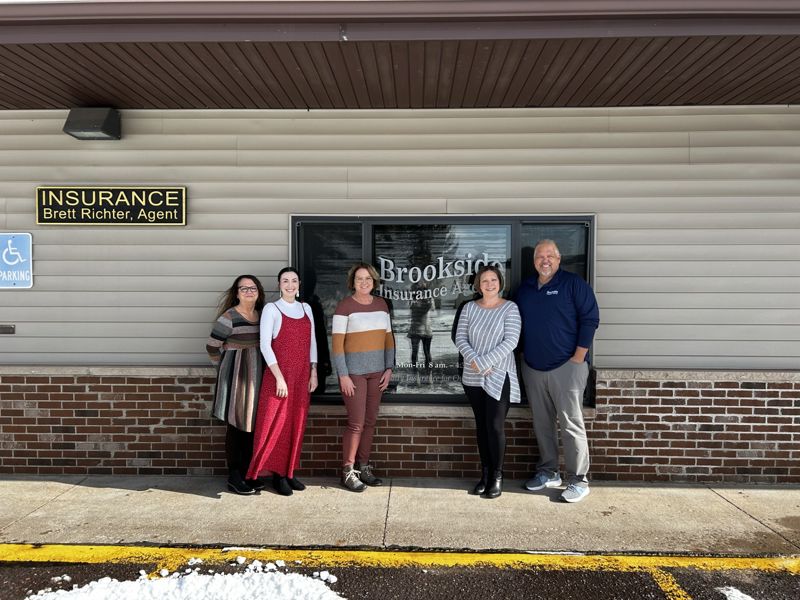Compliance Update - Families First Coronavirus Response Act 2020
As a valued client or prospective client of Ansay & Associates, we wanted to provide you with an important compliance update as well as multiple resources to assist your organization in dealing with the recent outbreak of COVID-19.
On March 18, 2020, President Trump signed into law the Families First Coronavirus Response Act (FFRCA), which provides temporary emergency paid leave and additional Family Medical Leave Act (FMLA) provisions for employers with 1 to 500 employees. The provisions of this Act are effective on April 1, 2020 (15 days after enactment) and expire on December 31, 2020.
EMERGENCY PAID SICK LEAVE ACT (EPLSA)
Under this section of the FFRCA, employers with fewer than 500 employees are required to provide full-time employees with up to two weeks (80 hours) of paid sick leave if the employee is unable to work (or telework) because:
(1) The employee is subject to isolation or quarantine for COVID-19 (full pay).
(2) The employee has been advised by a health care provider to self-quarantine due to concerns related to COVID–19 (full pay).
(3) The employee is experiencing symptoms of COVID–19 and seeking a medical diagnosis (full pay).
(4) The employee is caring for an individual who is subject to quarantine or advised to quarantine (2/3 pay).
(5) The employee is caring for a child if the school or place of care has been closed, or the child care provider of the child is unavailable, due to COVID–19 precautions (2/3 pay).
(6) The employee is experiencing any other substantially similar condition defined by HHS or DOL (2/3).
The sick leave is available for immediate use by employees, regardless of the length of employment. Pay is not to exceed $551/day and $5,110 in aggregate for employee leave and $200/day and $2,000 in aggregate for caring for others. Employees covered under a collective bargaining agreement are also entitled to leave. A model notice will be required to be posted and will be provided in the future.
Additionally, part-time employees are entitled to the number of hours of paid sick time equal to the number of hours they work, on average, over a 2-week period.
Finally, employers who already provide paid leave to employees must provide this EPLSA paid leave in addition to any paid leave already provided—and may not change their paid leave policies on or after the date of enactment to avoid compliance. Employers cannot require employees to utilize other paid leave before using the paid leave provided by this Act.
JOB-PROTECTED LEAVE UNDER THE EMERGENCY FAMILY MEDICAL LEAVE EXPANSION ACT (EFMLEA)
For employers with fewer than 500 employees, this Act provides the right to take up to 12 weeks of job-protected leave under the FMLA. To be eligible, the employee must have been employed for at least 30 days. The employee has a right to emergency FMLA if the employee is unable to work (or telework) to care for a child if the child's school or place of care has been closed. It should be noted:
- The first ten days (2 weeks) of leave are unpaid, but the employee may choose to use accrued PTO or sick leave (although the employer cannot require it).
- After the ten days, the employer must continue paid FMLA leave at a rate of no less than 2/3 of the employee's usual rate of pay. Pay cannot exceed $200/day or $10,000 in aggregate.
The bill grants the Department of Labor the right to grant an exemption to small employers with 50 or less employees if it would jeopardize the viability of the business. Employers with less than 25 employees are not required to restore the employee's position if the position has been eliminated due to economic conditions that are caused by a public health emergency. The employer is required to make reasonable efforts to restore the employee to an equivalent position over a one-year period.
TAX CREDITS FOR LEAVE LISTED ABOVE
The Act provides a series of refundable tax credits for employers providing either emergency sick leave or paid FMLA. Employers should contact their tax professionals to discuss the availability of these tax credits.
Please do not hesitate to reach out to your designated Ansay & Associates consulting team for more information.
Almost there!
We need a little more information from you. Once this form is submitted you will be able to utilize the resource requested.
By requesting this resource, you are agreeing to receive email communications from Ansay. You can unsubscribe at anytime via your preference center.
Not allowed
You are attempting to download a resource that isn’t available to you.



